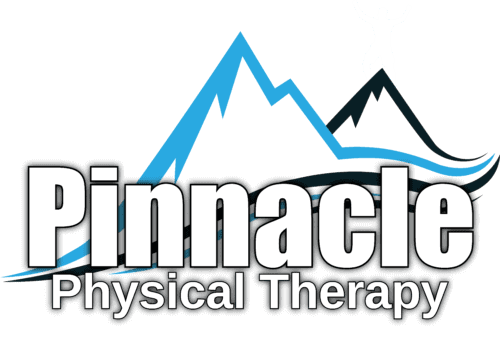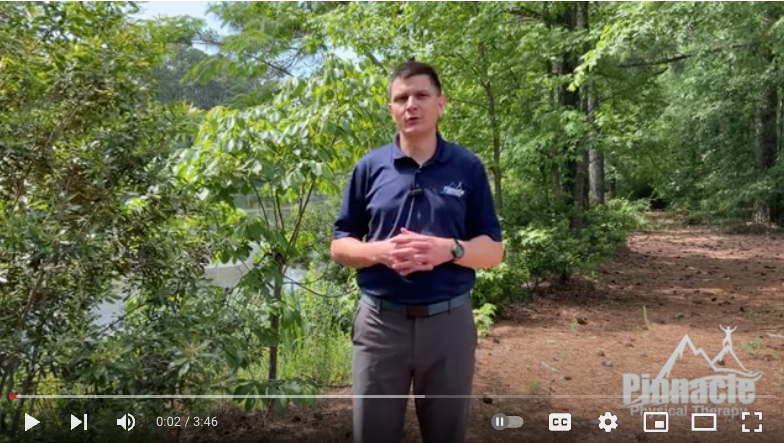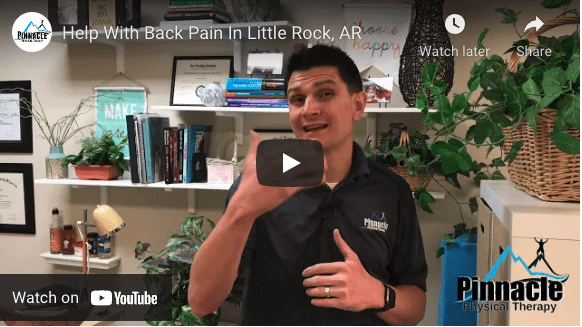I have many patients come in to see me that are fixated on getting rid of their pain. I start my line of questioning to help me determine what is going on and we eventually get around to how it is affecting their lives. Many people tell me they have totally digressed to not doing what they enjoy because it causes pain. I think that this is a major point of education that is gaining more traction especially in our state with the Opiod crisis.
Pain is a fickle and very complex thing. Current pain science, which is the study of how humans perceive pain, is unraveling the complexities of how the human body perceives pain. Pain is a sensation that is based on tissue damage, fears, beliefs, past experiences, and many other things.
A point of education that is critical for patients to understand is that hurt does not always equal harm. Chronic pain is any pain that lasts longer than 3 months. When we think of an acute injury, say for instance an ankle sprain, there is a normal amount of time that our ligaments heal. We of course get swelling, pain, warmth, and maybe even some bruising. These are all normal processes that the body goes through to help heal the area. Sometimes pain can last longer than it should. Well after the expected time of tissue healing, someone may still be experiencing pain. Why is that? There are physiological processes that happen in the body, mainly in the brain, that can continue to drive the perception of pain well after it should have left. It comes down to addressing the root cause of where the pain is coming from. How do you explain getting an injection into your knee, but it has absolutely no effect on your pain. Could it be that the pain is not actually coming from your knee? It makes you think right? If it were coming from your knee the injection should have helped.
I digress, when a patient comes into my office, I redirect them to focus on their function. If we constantly ask about pain and have them fixate their mind on always perceiving their pain, I am keeping them a prisoner to that awareness. The truth of the matter is that for some people, you may always have some level of pain. What if you came to see me because you were having back pain that was keeping you off the golf course. You felt that the pain was so bad that you were unable to play and enjoy your round of golf. Would you consider it a good outcome if I could get you back out enjoying golf, but with a level 2/10 pain? If you had not golfed in a year because of your “pain” I would say that playing with a 2/10 pain would be a pretty good outcome.
The need for education on the resiliency of the human body is critical. Often times we are told by physicians that we have severe arthritis, or a degenerated disc in our back, or a torn meniscus. We are told that we should give up running, tennis, golf, for fear of making our condition worse. I am here to tell you that the body is a very resilient work of art. When given the right environment there is very little that we can not overcome. A funny fact is that most of those so called bad things that are seen on X rays or MRI scans are normal again processes that our bodies go through. Have a degenerated disc, a torn meniscus, a rotator cuff tear? So do many other individuals your age and they are completely asymptomatic, meaning they have no pain. I equate these joint changes to wrinkles on your skin. Our joints age also. The question is what are you doing to prevent these aging processes from keeping you away from your hobbies and interests?
Most of what I do in therapy is called graded exposure. Injury often times happens when we outpace our bodies ability to do what we are asking it to do. Sometimes we need to take a step back, calm an area down, then SLOWLY and PROGRESSIVELY build it back up. We can even build it back up to be stronger than it was before! This allows you to do the things you enjoy without the fear that your body will not be able to keep up.
Its all about the outcome, we can get stuck in the day to day, but when we look back at where we came from, we often see that we have made great strides to returning to a level of function that sees us enjoying the movements that our wonderful bodies allow.
Thanks for reading,
Dr. B


